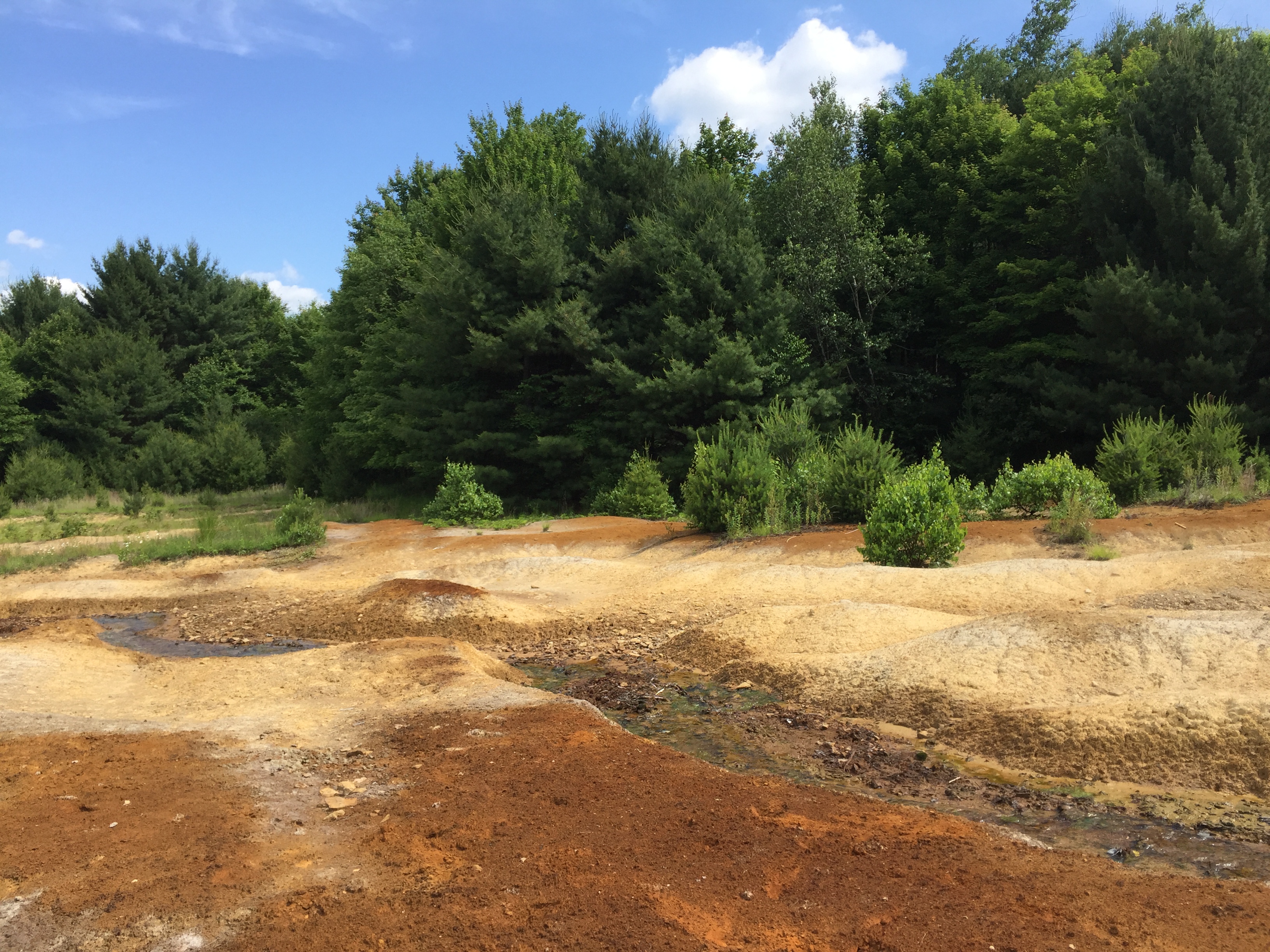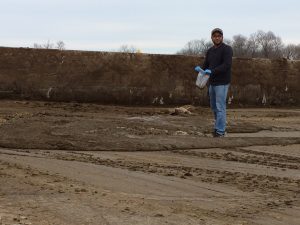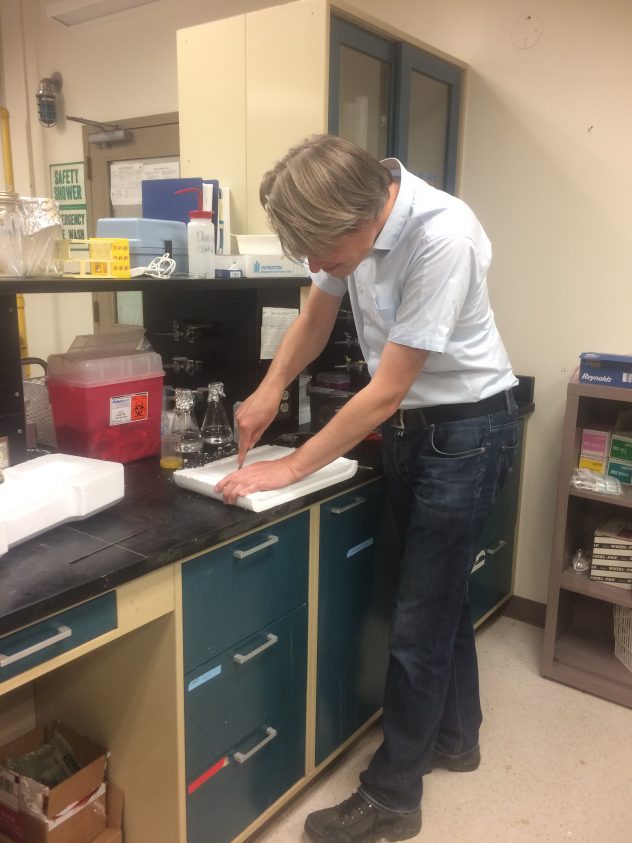Nitrate/nitrite ammonification (DNRA) in agricultural soils:
Agriculture accounts for 75-80% of anthropogenic N2O emissions in the U.S. Denitrification in fertilized soils and during animal waste handling results in about 90% of N2O emissions. Efforts to reduce these emissions have high priority because the global warming potential of N2O is nearly 300 times higher that of CO2. Management practices may have significant impacts on the fate of NO3 in soils; no-till soils are susceptible to losses of N2O via denitrification when soils have been recently fertilized and wet. Another competing process for NO3 is nitrate/nitrite ammonification, the reduction of NO3 to NH4, which results in longer retention times of N in soils. Currently, we are exploring nitrate/nitrite ammonification in agricultural soils and fertilizers such as manure, products of anaerobic digestors, and compost.
We are also interested in redox and how oxidation-reduction changes with various management practices. We are particularly interested in this because redox levels may provide insight into management practices that cultivate environments that are conducive to DNRA in agroecosystems. In soils that are tilled, soil in the top ~10 cm is mixed, fungal hyphae is broken, soil aggregates are disturbed, and air is introduced. In theory, tilling soil should lessen stratification of organic matter and redox values. In contrast, we expect that there will be more stratification of organic matter and redox values in undisturbed soils. We also hypothesize that growing cover crops and leaving crop residue on the soil will result in lower redox values and increased organic matter.

Field photo of redox probe installation. Mary Ann is in the background digging a hole for the reference probe, while Arnab and Michel (from Michel Vorenhout Consulting) are getting the probes ready.

Here is another photo of the probe installation. Notice the long cable that Arnab is holding. Each probe was made to have a long cable so that Emily can measure redox values throughout each plot. Each probe is connected to a datalogger that sits in the middle of the field. If you can tell, the soil was fairly dry that day, which made it difficult to install the probes and virtually impossible to install the probes between row.

Field photo of redox probe installation. Mary Ann is in the background digging a hole for the reference probe, while Arnab and Michel (from Michel Vorenhout Consulting) are getting the probes ready. The box by Arnab’s feet is the datalogger, which will store redox measurements that are taken from each probe every 15 minutes.

Mary Ann and Michel Vorenhout took Emily, Arnab, Mara, and a few other students to the field at Rock Springs, PA, to check on the redox probes and to obtain the data that was collected over the weekend.

These are the cables with the connectors that were used for the lab redox set up. In total, each cable has 20 channels that can be measured at any given time, however, the datalogger can only log up to 48 channels at one time. So, each probe was set to measure 4 depths within each mesocosm.

This is a practice run for redox measurements in the lab. We had not received the reference probes yet, and we needed to test the stability of the probes. Probe contact with the medium is essential to get stable, reliable redox measurements.







